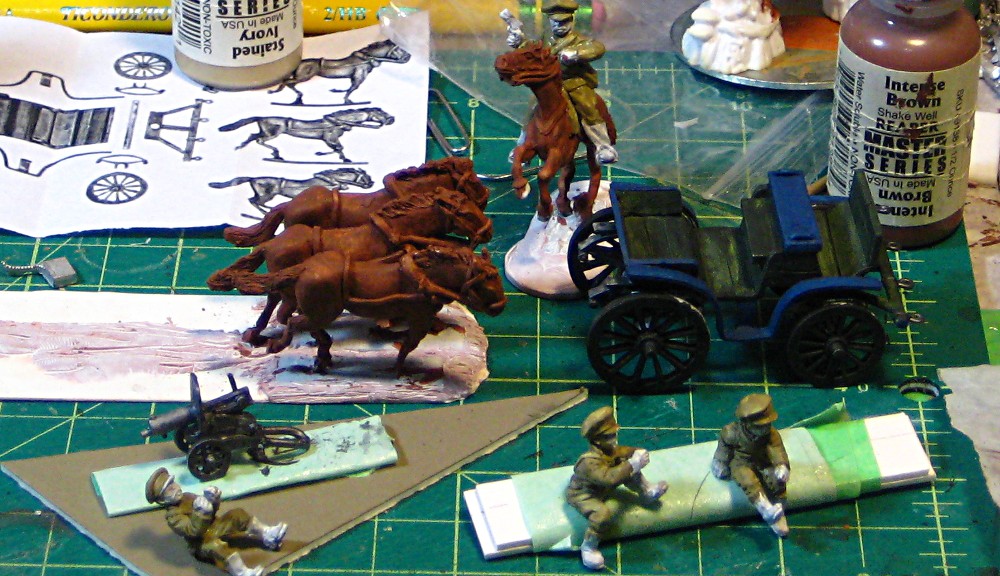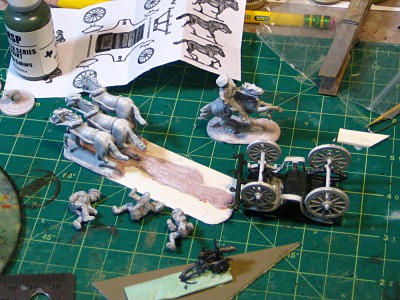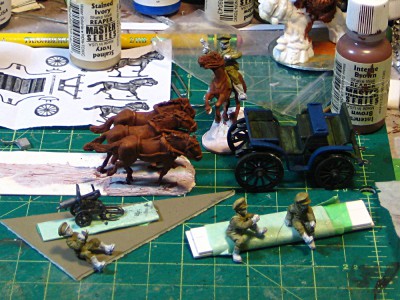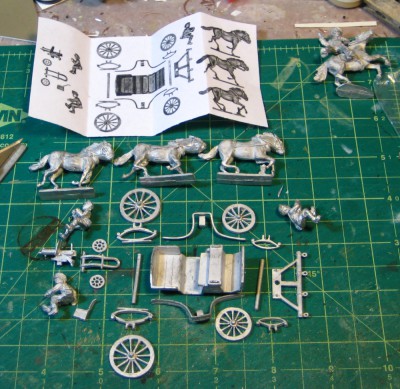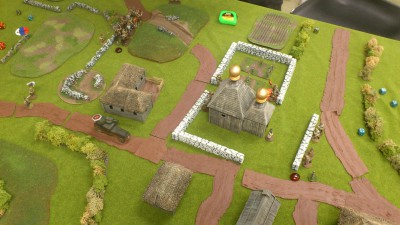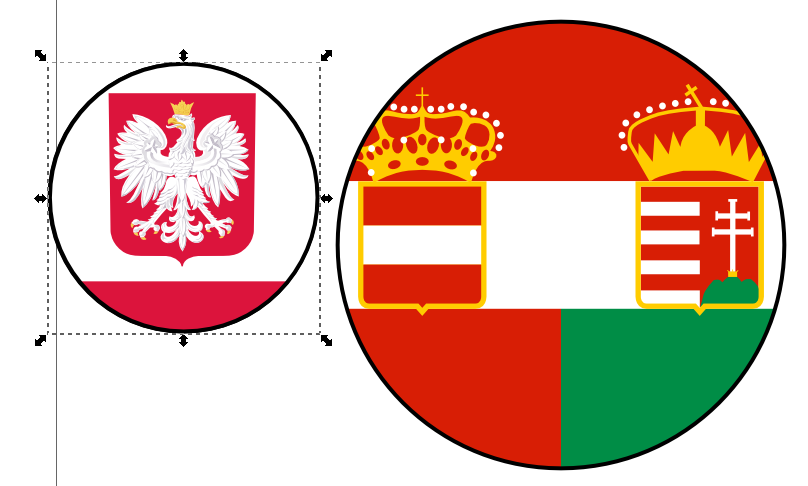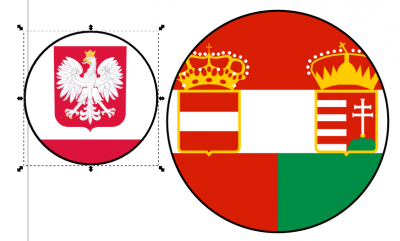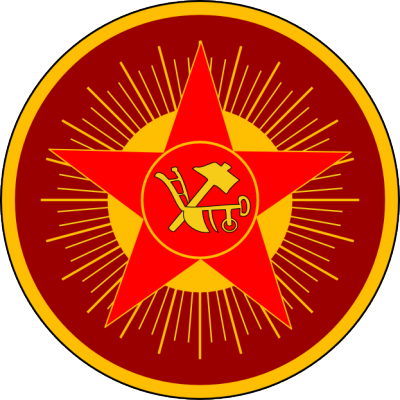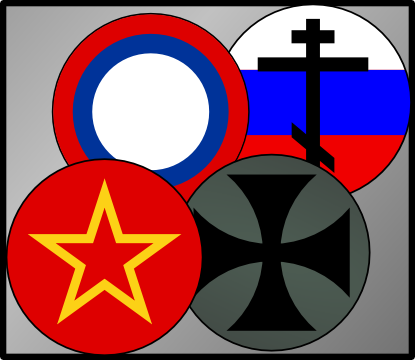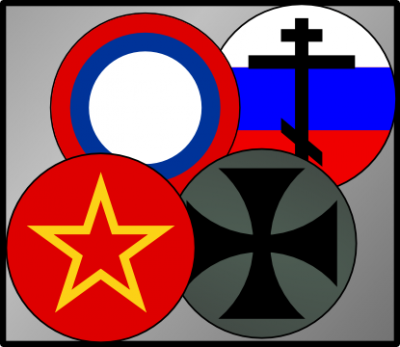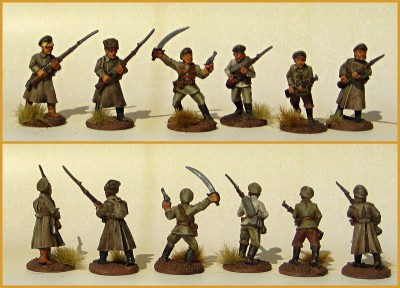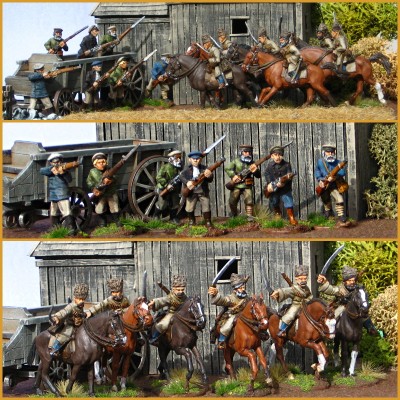Realized a few days ago that I hadn’t even taken my photographs from the Trumpeter Salute 2015 wargame show off the camera, never mind looking at them and choosing which ones to publish. This for a show that was at the end of March, three weeks ago and counting!
The whole collection is over on Flickr, as usual. Here’s a couple of highlights.

We started off with “Russian Civil War + Zombies” or “The Undead Are The Ultimate Proletariat”, which was fun and silly even if All Things Zombie isn’t my favourite set of rules. I got to blunder around in this great papercraft Whippet tanks, attracting zombies just by leaving the engine idling (thing is LOUD!) and then running them over or machinegunning them. Good fun!
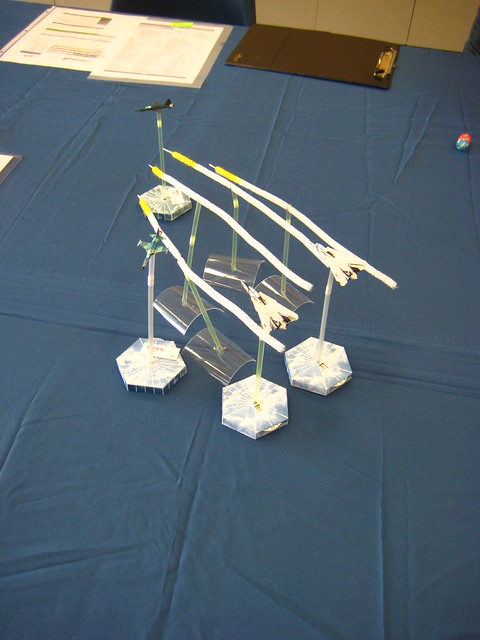
Saturday morning and afternoon were both full of Tomcats, MIGs, and other Cold War planes as we ran two sessions of Air War C21, which is a fast, fluid, great set of rules. Tomcats are scary aircraft.
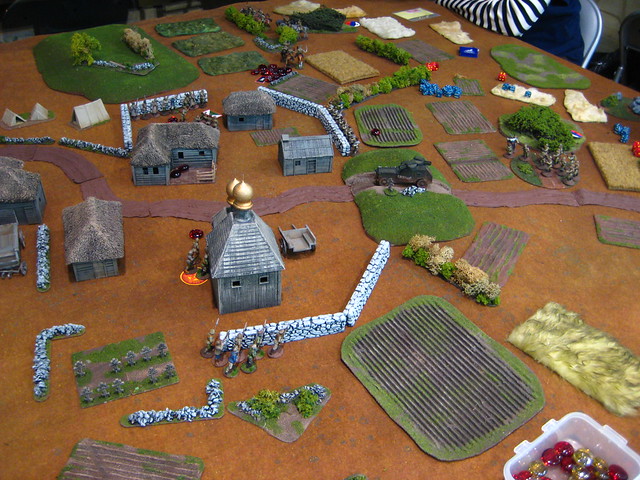
Saturday evening I ran my actual Russian Civil War game for four players. I had two signed up as “spares” and had to turn a seventh away, which is always disappointing but it beats having nobody show up for your games! (which I have had happen at GottaCon here in Victoria…) It was a closely fought battle but the Reds succeeded in keeping the Whites out of the village in the end.

Sunday at Trumpeter is the long single session, so we get the “big” games out. I participated in the gloriously goofy Lego junkyard race game, with half of the other players under 14. The red-and-yellow pointy looking vehicle at the very back of the photo above is my racing machine. Good fun, I can’t even recall who won, to be honest!
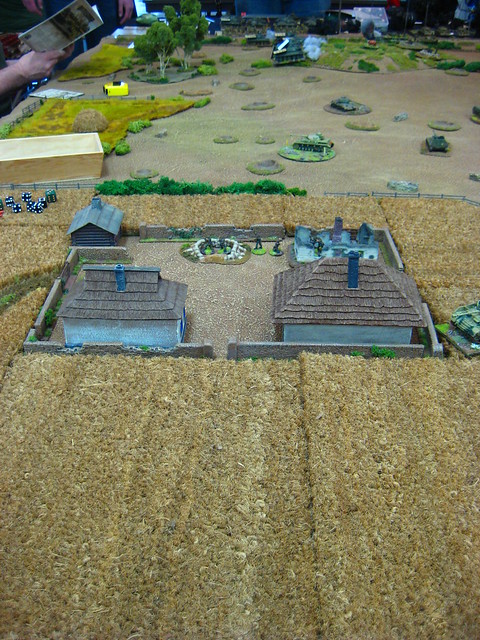
Next table over was Thomas’ absolutely spectacular Kursk WW2 game in 20mm, hordes of Russians trying to push the Germans out of the Motherland. I spent a lot of time between my racing turns gawking at this game.
Already looking forward to Trumpeter Salute 2016. I might bring Russian Civil War back, or I might go back to my pulp gaming and run some sort of pulp adventure game. We shall see!
Thanks again to Jon for the ride over, Martin for the hospitality, and the Trumpeter Salute club for putting on another amazing weekend.

